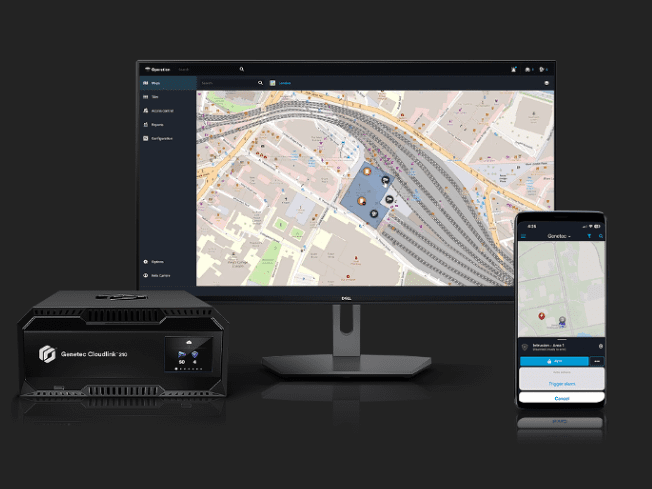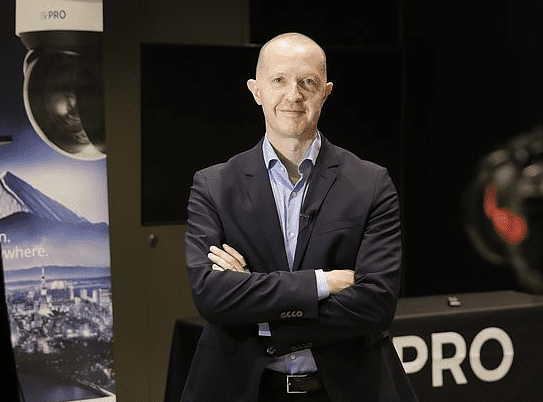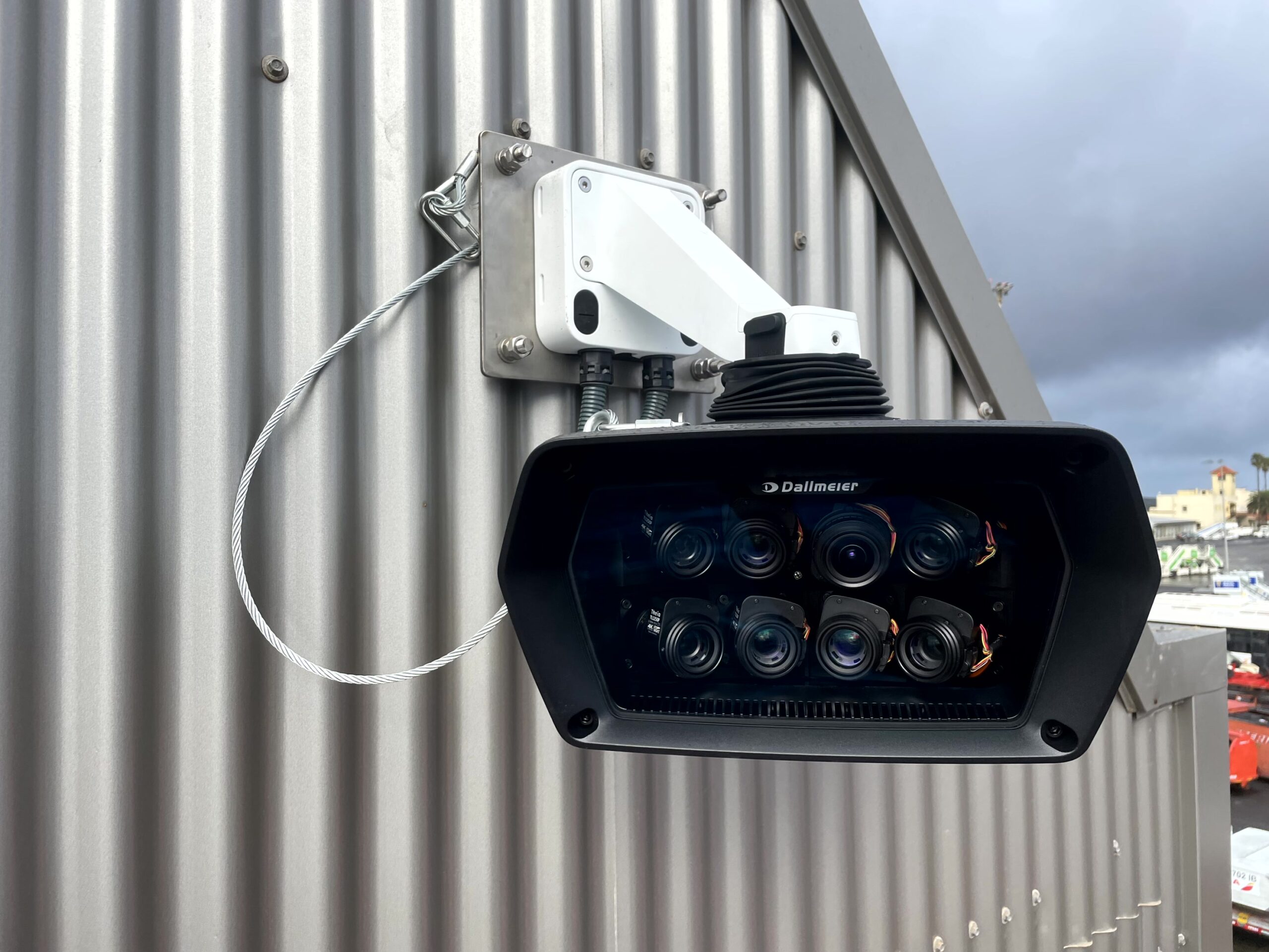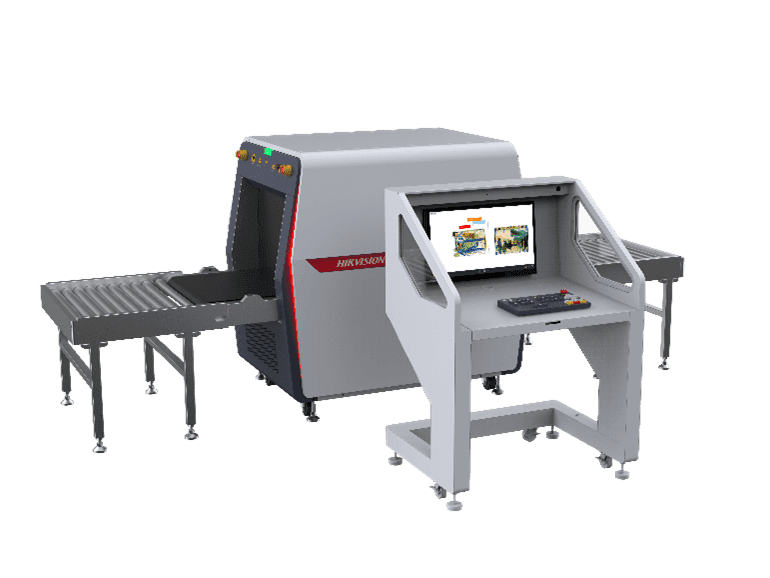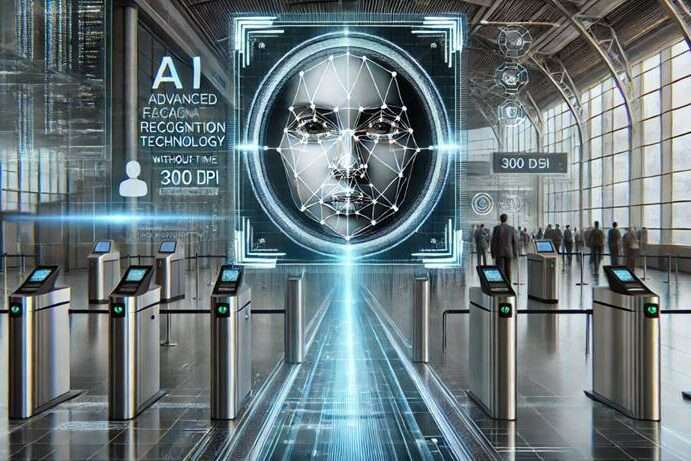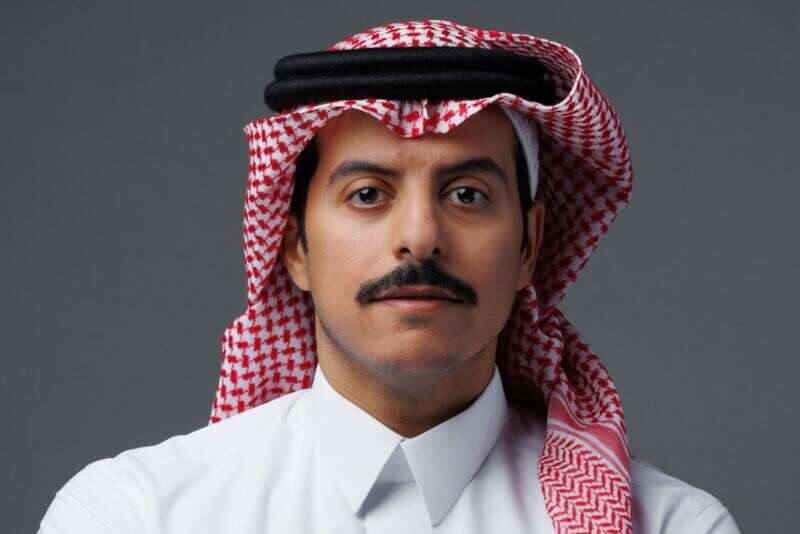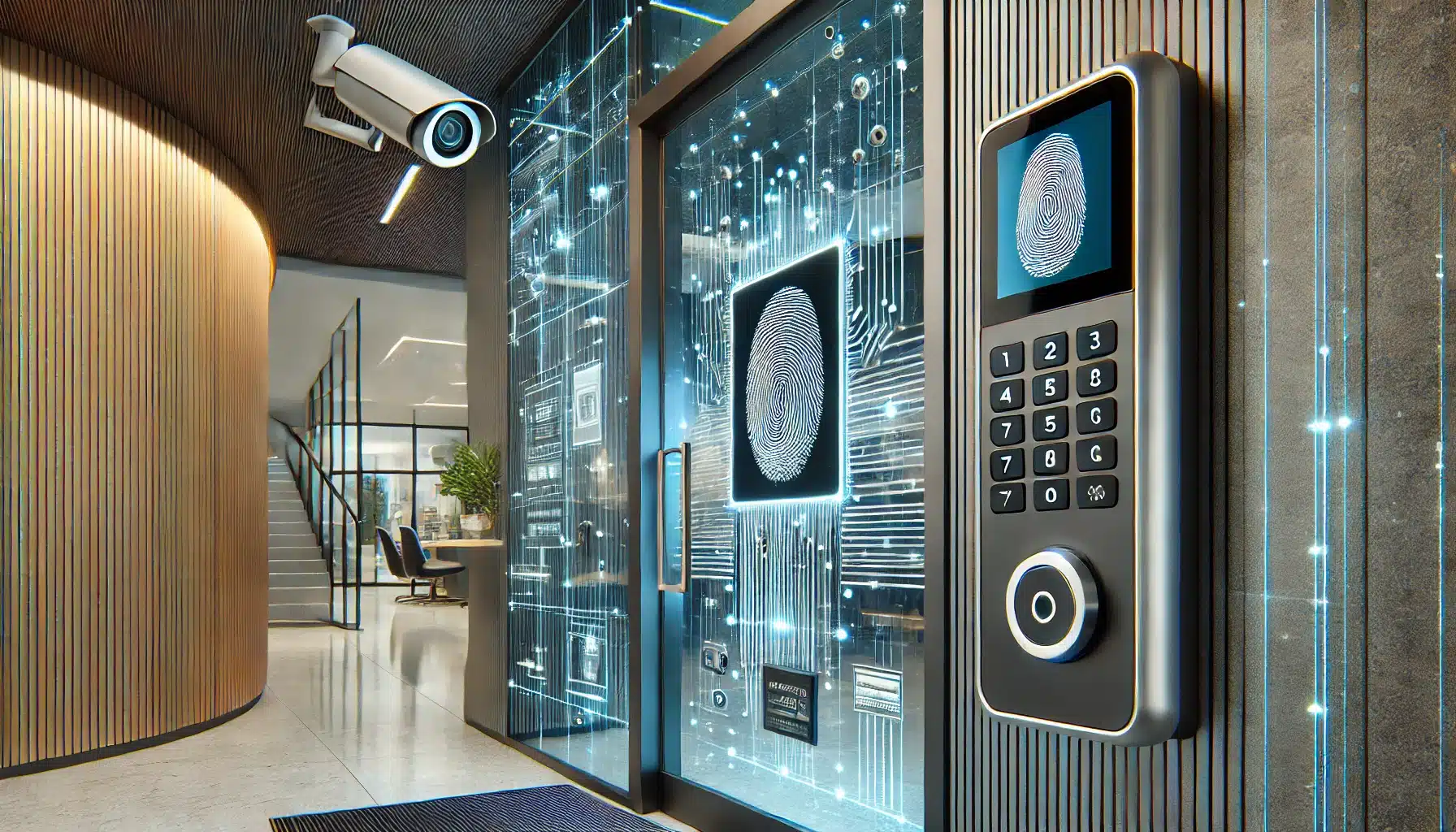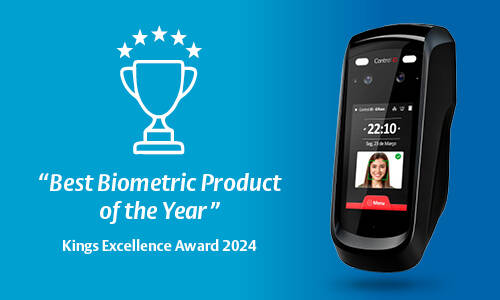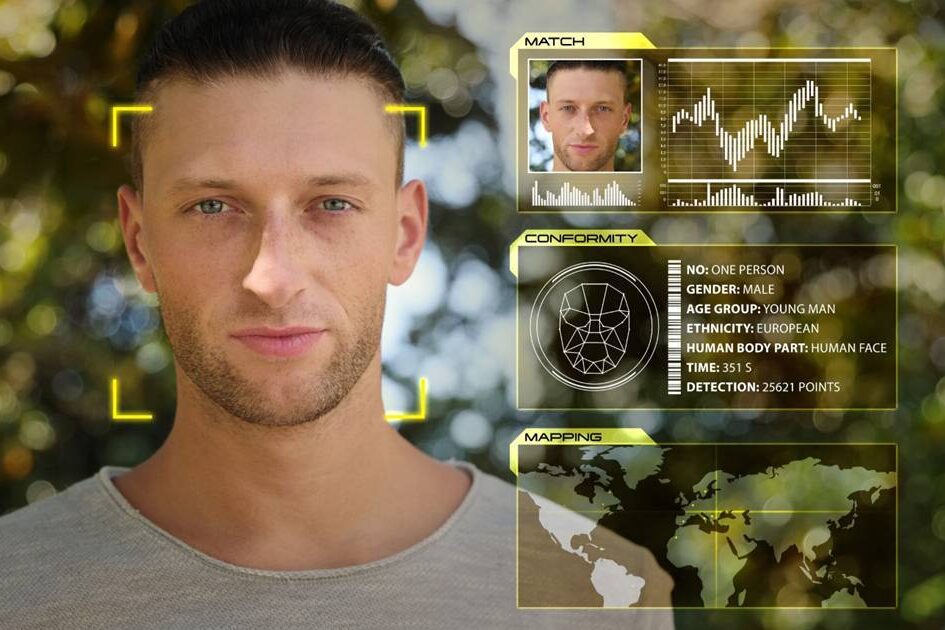Is facial recognition technology up to the job, or do we just wish it was? Kirsty McMahon investigates.
There has been a flurry of activity in biometric solutions being employed by the security industry and law enforcement recently, facial recognition in particular. However, the use of existing facial recognition solutions seems to have divided law enforcement professionals. So it is really up to scratch?
It was reported in July that Leicestershire Police had begun a trial with NEC’s facial recognition solution, NeoFace. Results during the trial period have been impressive, with the BBC quoting early tests producing a 45% identification rate, and the force has made the decision to purchase the software and continue using it.
I spoke exclusively to ID Manager Andy Ramsay at Leicestershire Police who told me that the solution has been an amazing addition to the forces arsenal.
Magnificent identification tool
“We were so impressed by the results we saw during the trial of NEC’s NeoFace system that we have purchased the software,” he said. “As an identification tool it is magnificent and we couldn’t be happier with the results. Police forces from across the country have been visiting us to see how the system is performing and we highly recommend it.”
Ramsay explained that the only challenge with the solution is the need for a skilled operator to run the system. However, he said that NEC was very supportive and even extended the trial period to ensure the team was entirely comfortable before purchasing.
In addition, Ramsay accredits a large portion of the success of NeoFace to the high quality of the images stored in Leicestershire Police’s database, which holds 92,000 faces on file.
He said, “All images stored in our database are taken using Northgate software and are very high quality. We believe this is a key factor in how well NeoFace fits into our system.”
What’s the catch?
So it seems that Leicestershire Police think facial recognition technology is up to spec.
DCI Mick Neville at London’s Metropolitan Police agrees, so long as it’s being used in exactly the right situation. He told me that when used at airports, for example, facial recognition often has a success rate of around 95 per cent, but that’s down to the fact that the technology is applied to high quality, head on images.
According to Neville, that’s the catch. The technology available today is reliant on very, very high quality CCTV systems that produce high quality megapixel images. If the angle isn’t face on, if the lighting is poor, if the background isn’t suitable, or the image is poor quality it will not work. Neville pointed out that this situation accounts for the vast majority of surveillance systems currently in use.
“It’s only useful in set ways and in the last 18 months there’s only been about ten reliable identifications from facial recognition systems in the Met,” Neville told me. “This is in comparison to 150 a week from super recognisers. That is a vast difference.”
Super recognisers are officers within the Met with an extraordinary talent for remembering faces. All police forces have officers with these skills, but the Met has identified them and developed a systematic approach to put their talent to use.
It was Neville who was responsible for finding these remarkable people and creating an initiative that has changed the way the Met works. These are not individuals locked in an office in front of a bank of screens; they are out on the front line, working in custody suites or as detectives, continually adding to their database of faces.
Neville set out a clear example of technology’s inability to compete with the Met’s super recognisers in the London Riots. Facial recognition identified just one perpetrator in the riots, while one especially successful super recogniser identified 180.
Unrealistic expectations
“People, particularly in senior police and security positions, have an unrealistic expectation of facial recognition solutions,” said Neville. “They want to believe the technology is further advanced than it is because they are so keen to improve security and success while reducing costs. I think there are potentially situations where facial recognition and super recognisers could be combined effectively. However, as the technology stands today, facial recognition will never replace people. Not only are super recognisers outperforming the technology, the human element and the application of human interpretation is always going to be vital.”
Perhaps a good example of a police force having unrealistic expectations of the capabilities of new technology is Dubai Police. It has been reported by Reuters that Dubai police plan to issue Google Glass hands-free eyewear to its detectives to help them fight crime using facial recognition technology.
A spokesman confirmed to Reuters that software developed by Dubai police would enable a connection between the wearer and a database of wanted people. Once the device ‘recognised’ a suspect based on facial biometric data, it would alert the officer wearing the gadget.
It’s understood that in the first phase, Google Glass would be used to combat traffic violations and track vehicles suspected of involvement in motoring offences. A second phase would see the technology rolled out to detectives, the spokesman said.
However, when I approached Google for comment on this and to find out more about the facial recognition capabilities of Google Glass, a spokesperson told me that Glass does not allow facial recognition apps as per Google’s developers terms of service.
So it would appear that, although futuristic and flashy, this new development in wearable technology may be blocked by Google.
A long way to go
Touchless Biometric Systems (TBS), pioneers in biometric solutions (see related story here), which is leading the way with new finger print technology supports the notion that there is room for improvement when it comes to facial recognition.
Alex Zarrabi, Business Development Director, Middle East, told me, “Existing solutions are a long way from being effective for use with large populations as it generates a lot of false identifications. That’s why we’re working on a patented next generation solution.”
Overall, it appears that although there has been some success with existing facial recognition technology there is a long way to go before we have fully effective solutions at our finger tips that live up to Hollywood’s sci-fi fantasies.


